All About Turbochargers – Part 4: Intercoolers in Detail
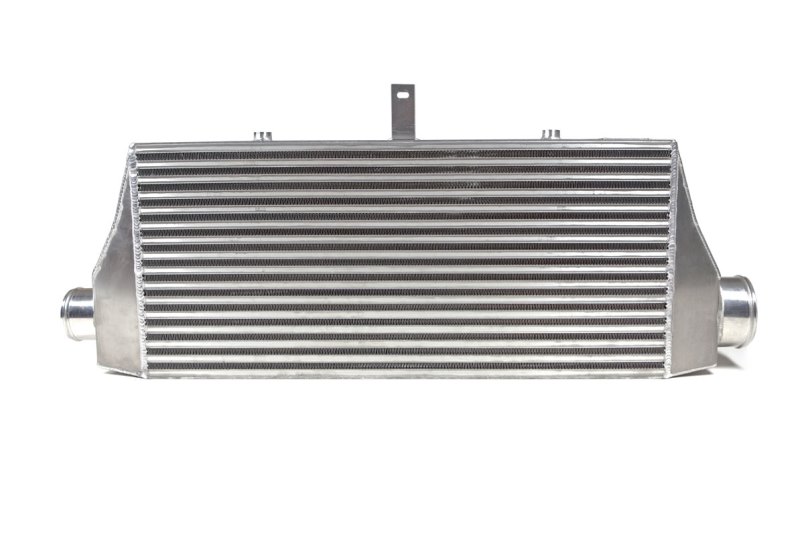 Now we’ll get into the options in your turbo kits and how to really start cranking up the boost. First we cover intercoolers; from the different air-to-air to what we mean by air-to-water, intercoolers keep your boost cool and we’ll explain how.
Now we’ll get into the options in your turbo kits and how to really start cranking up the boost. First we cover intercoolers; from the different air-to-air to what we mean by air-to-water, intercoolers keep your boost cool and we’ll explain how.
The idea of the intercooler is that it is going to reduce the temperature of the boosted air charge before it reaches your intake manifold. There are two ways to get this done by either air-to-air intercoolers or air-to-water intercoolers. First, air-to-air intercoolers.
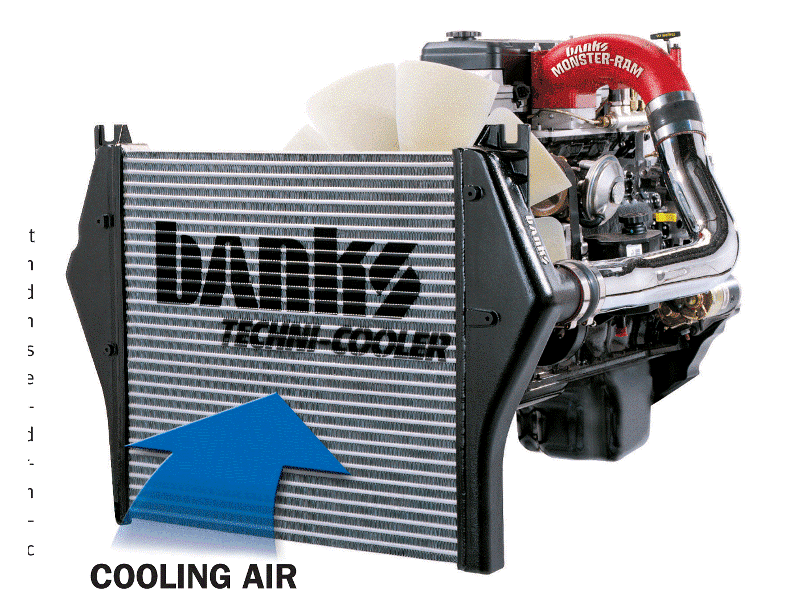
An air-to-air refers to how the intercooler cools the charged air by using the core as a heat sink. Charged air passes through the tubes of the intercooler while ambient air flows over the tubes to remove the heat the charged air transferred to the intercooler tubes. These are further helped by the little fins or plates between the tubes. There are two different types of intercooler cores (the center portion where the cooling actually takes place): tube-and-fin and bar-and-plate.
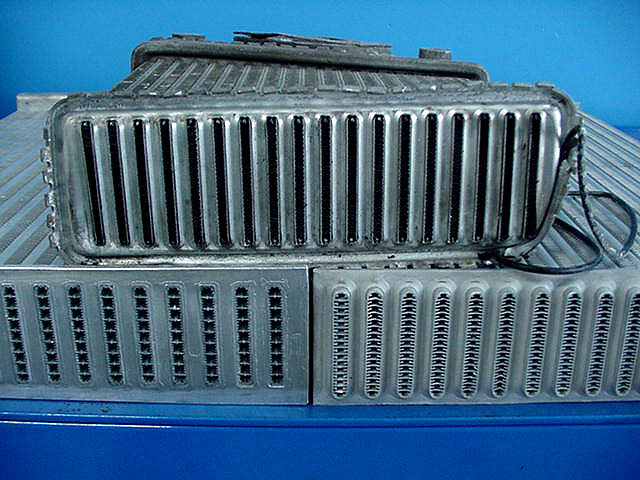
Tube-and-fin style is set up very similarly as your transmission cooler or engine oil cooler where there are extruded oval tubes with fins pressed into place. This can lead to a lighter intercooler package because extruded tubes will be smaller and stronger, but it is more prone to road damage. Even worse is that it will start to lose sealing as you increase boost pressures. You’ll also get a smaller core as there is space lost from sealing between the tubes at the end tanks.
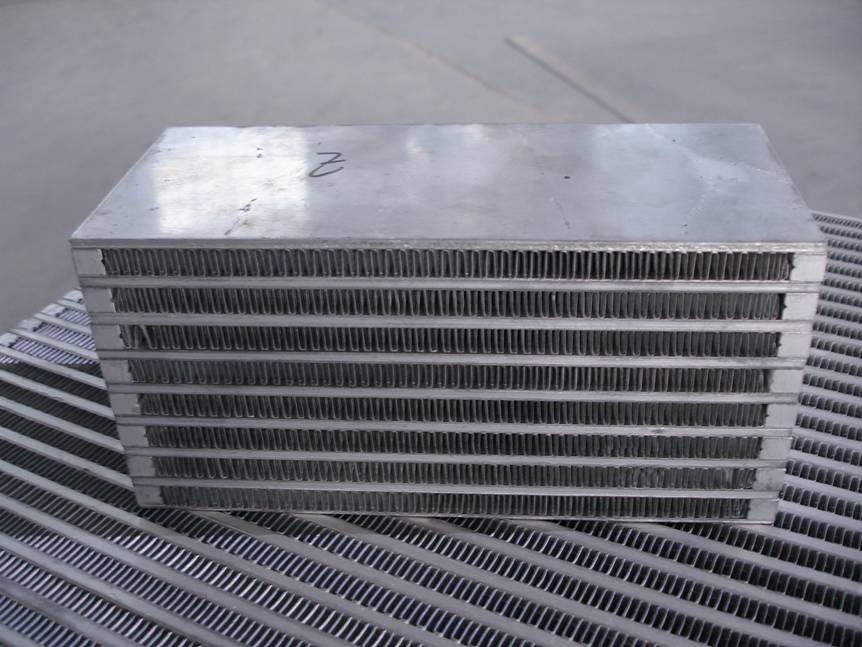
Bar-and-Plate, on the other hand, is far stronger and more efficient at cooling charge air. You get more area because you braze or weld the core rather than rely on a large metal seal that reduces its actual core size. It’s also stronger thanks to using bars and plates over tubes to create the intercooler core. This not only reduces the chances of boost-killing road damage, but can usually take far higher boost pressures than tube-and-fin; however, it is heavier.
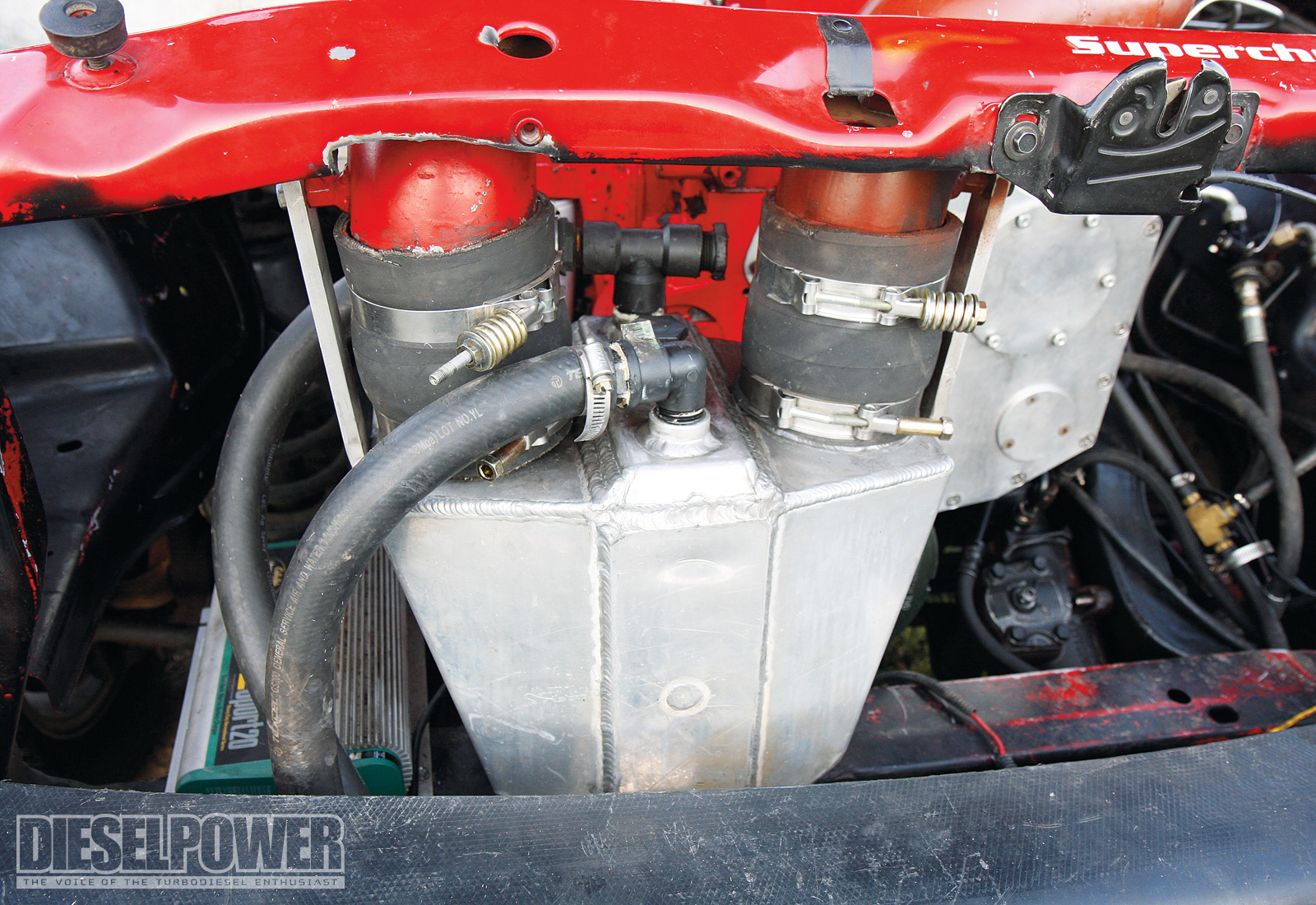
Then there is the air-to-water intercooler, and it is a super-efficient design. Water is a far better way of transferring heat away from an object and you can actually use a smaller intercooler than you would have needed over the air-to-air intercooler. This reduces losses in boost pressure as you now have a shorter route to the intake and you can make more power.
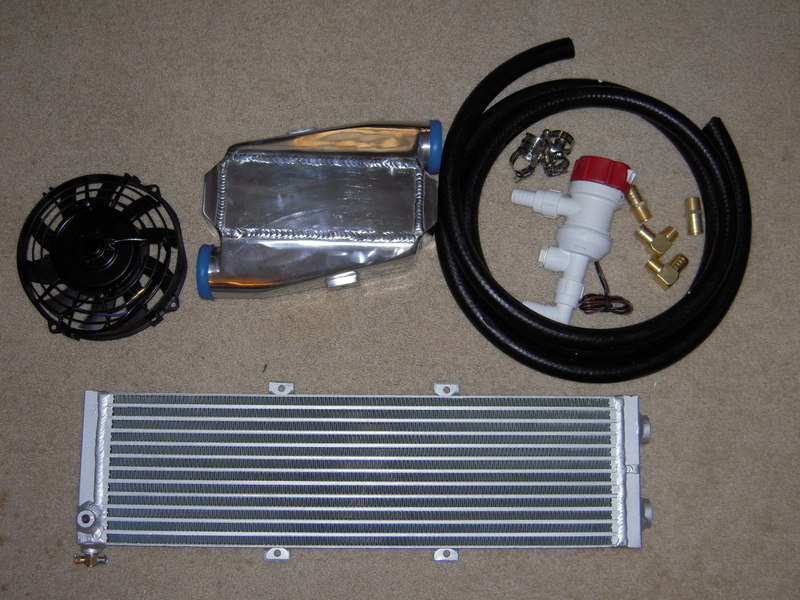
Not only that, but some designs allow you to use a small chest to fill with ice and allow the water to flow through, further cooling boosted air. You are also less reliant on keeping your Jeep moving since you don’t need air flowing over the intercooler to keep it cool. However, not only is this system heavier thanks to all of the components involved (water pump, water tank, water, ice chest or heat exchanger for the water to cool it) it’s also harder to package over an air-to-air.
Next up, we’ll look into further details of the two types of boost pressure reliefs for your turbo system in blow-off valves.
